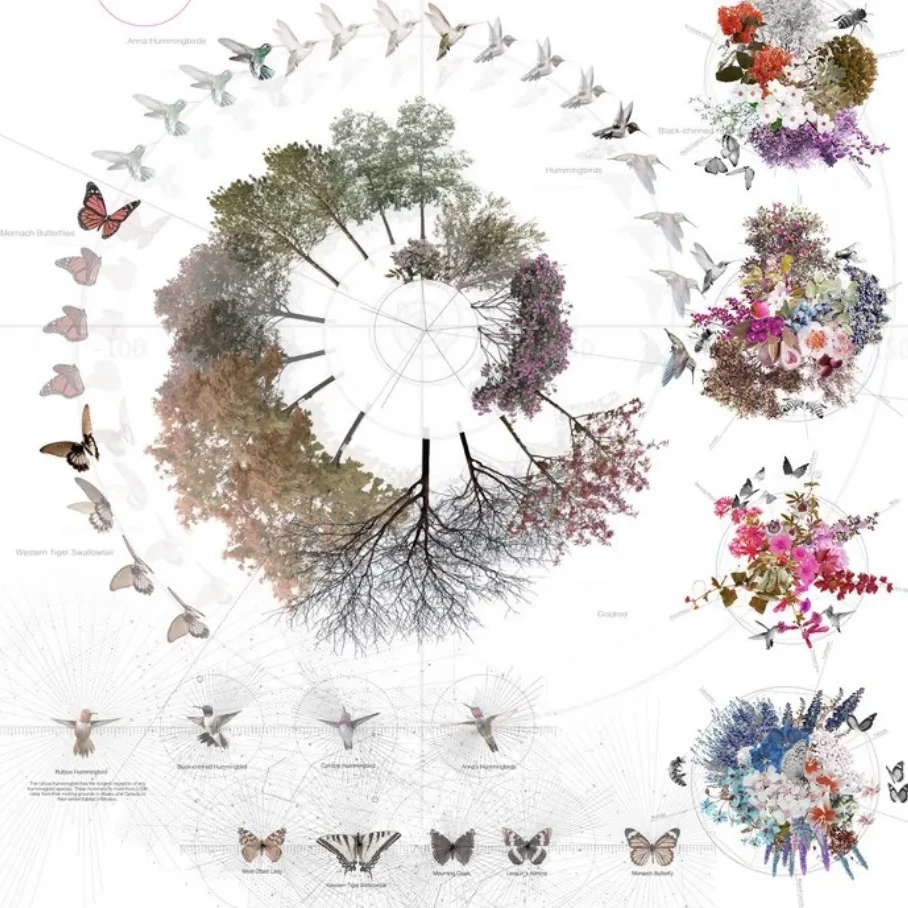In working with communities to build resilient networks, I’ve noticed a pattern. Those who “start at yes” – listening for the possibilities, helping others make sense of their ideas, shining the light on contributors and the community as a whole – are vital to the health and hope of a network. As I encounter the “start at yes” people in my community work, I acknowledge to them the loveliness of their approach and ask how they acquired it. So far, only one said they didn’t know – they just assumed they were born with it.
Most of the people who start at yes say they had either a role model who emulated this attribute or someone who expected it of them – often, a parent or sometimes, a boss. Their self-awareness also interests me, because they realize they are making a choice about how they show up. If one person can do this, can a whole community? Can a community collectively change its mindset? Evidence suggests it is possible – but how to begin?
I began doodling a spiral list of phrases these “start at yes” folks use. The spiral looks like this:

At a community meeting one night, we started a conversation about mindset – and how people living there talked about their town. The pattern was one of discouraging phrases and fault-finding. While no one disagreed that a change was needed, there wasn’t a clear path to what would make it possible. We started thinking aloud about what we could do to experiment. This is when the fun began. Two people in the session were active in improvisational theater – improv. Why not try improv as an approach to a collective mindset shift? Doing what improv requires: Making a deliberate connection between the mindset of starting at yes – a willingness to go with it – and playing with possibilities.
The more we talked, the more we agreed that an injection of hope and making it second nature to incorporate others’ thinking into our choices and throwing the ball back to others and trusting them to act – could have a lasting effect. If nothing else, improv would allow community members to deepen connections, play together, better understand and temporarily inhabit a “we” mindset, and grow to trust their instincts. And if something falls flat, to pick themselves up and keep moving.
Improv relies on generosity – the success of one increases the possibilities of success of all, as is the case when building community. And improv is easy to get started – low cost, fun. If you’ve never done improv, I hope that you will be curious enough to explore it. One source that offers great information is http://www.improveveryday.com/resources. Somewhere in your network of connections or in your community, there are people well-acquainted enough with improv to help get things going.
One simple starting point is to take the phrases on the spiral, above, write one each on a sticky note. Introduce a story line – something a little far-fetched, like “I hear the train may start weekly runs to our town.” Then, have participants utilize the phrase on their sticky note to build on this story line. Begin by reading the story line aloud and choosing someone to go first, and let it go. Encourage people to play – be lighthearted and to let go of performance anxiety. The point is the interplay, not a perfect production.
Down the road, I will provide an update on any changes we see as a result of our improv collective leadership experiment. We realize that it will take early adopters, effort, repeated experimentation, and building new habits of mind to maximize the improv experience. We are building a pattern of play, learning, and un-learning. Stay tuned.
Please share your insights, experiences and questions in the comments section below.
Related Posts
October 20, 2025
Signals from the Web
September 9, 2025



